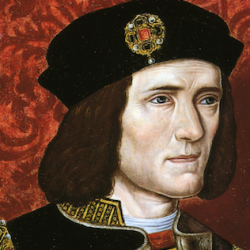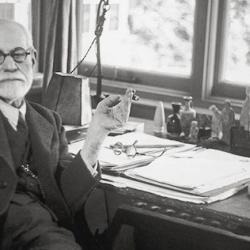In her 1959 study of Shakespeare’s Tragic Heroes, Lily Campbell treats the four main tragedies of tragedies of passion. Shakespeare places characters of different humor in similar circumstances, and depicts how the characters react. Hamlet is a tragedy of grief, Othello of jealousy, Lear of old-age wrath, Macbeth of fear.
To see how this works in Hamlet, it’s necessary to realize that Hamlet is not the only son who has lost a father. Laertes and Fortinbras do as well: “each is called upon to mourn the death of a father, each feeling himself summoned to revenge wrongs suffered by his father. Grief in each for the loss of his father is succeeded by the desire for revenge. But each must act according to the dictates of his own temperament and his own humour (109).
Hamlet and Laertes feed their grief, which enslaves them. Letting their grief run free, they are dominated by it, and their excessive grief feeds fantasies of revenge that end in destruction for both of them.
The survivors of the play – Fortinbras and Horatio – survive because their passions are properly subordinated to reason: “At the en of the play Fortinbras and Horatio live to dominate the scene, Fortinbras and Horatio being the two characters in the play in whom reason has swayed passion. Fortinbras has been called to grief for a father whose honour he has undertaken to revenge, but his passion has yielded to reason, and his Poland expedition has been undertaken for ‘divine ambition’ and honour’s sake. Horatio is not passion’s slave, but one in whom ‘blood and judgement are so well commingled’ that he is not a mere pipe for Fortune to play one. And this is but to say . . . that those who balance passion by reason are not Fortune’s puppets. And such is the lesson of tragedy” (147).















